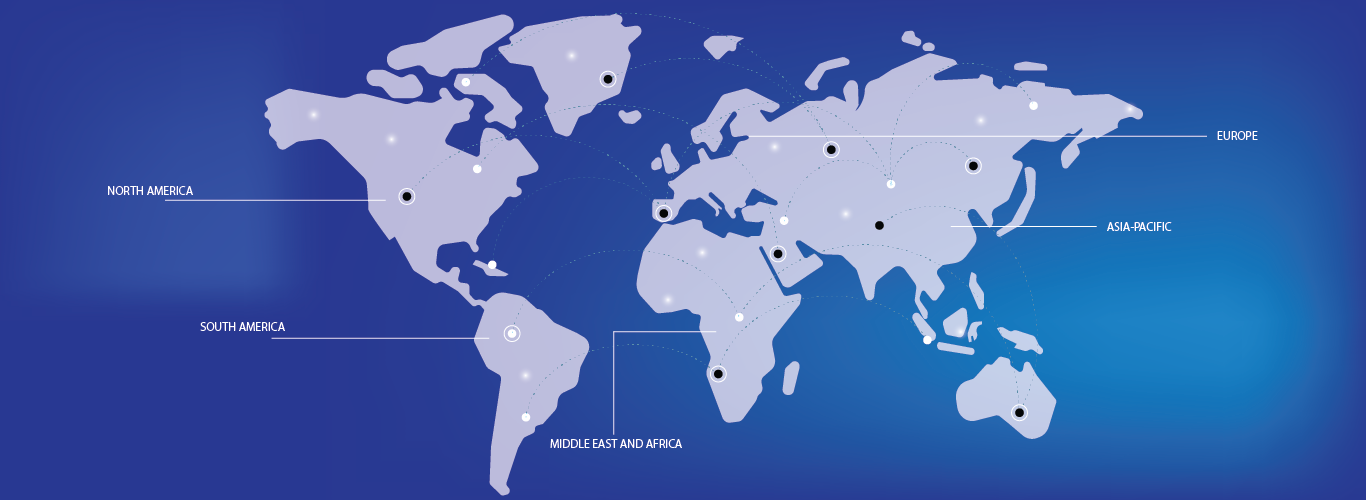- A skin graft is a surgical procedure in which healthy skin is removed from one area of the body (called the donor site) and transplanted to another area (the recipient site) that has lost its skin due to injury, burns, infection, or surgery.
- The demand for skin grafts is significantly influenced by the increasing number of burn-related injuries, particularly in regions with high industrial activity, and the growing prevalence of chronic conditions such as diabetes, which leads to slow-healing wounds
- In addition, advancements in skin grafting techniques, including the development of synthetic and cultured skin substitutes, are playing a key role in market growth. These innovations not only improve the success rate of grafts but also offer alternative solutions for patients who are not ideal candidates for traditional skin grafts
- North America is expected to remain one of the dominant regions in the skin graft market, driven by the presence of advanced healthcare facilities, high awareness of skin grafting procedures, and the increasing number of burn injuries and chronic wound cases
- For instance, in the U.S., the rise in burn injuries and the growing geriatric population, which is more prone to developing skin ulcers and other conditions requiring skin grafting, further contribute to the demand for skin grafts. North American hospitals are also adopting advanced grafting techniques, including bioengineered skin substitutes and improved graft storage technologies, which are expected to enhance treatment outcomes and lead to continued market growth
- Globally, the skin graft market is experiencing a shift towards more innovative and personalized approaches, with growing adoption of advanced materials such as xenografts, allografts, and synthetic skin substitutes. These products help address challenges in wound healing, particularly for patients with large or extensive burns. As a result, skin grafts are increasingly being used not only in burn care but also for the treatment of other dermatological conditions
- In conclusion, the skin graft market is experiencing steady growth due to the rising incidence of burn injuries and chronic wounds, advancements in grafting technology, and the demand for more effective, customized solutions. The North American market, with its advanced medical infrastructure and research-driven approach, continues to lead, while regions with rapidly developing healthcare systems, such as Asia-Pacific, are expected to witness strong growth in the coming years




